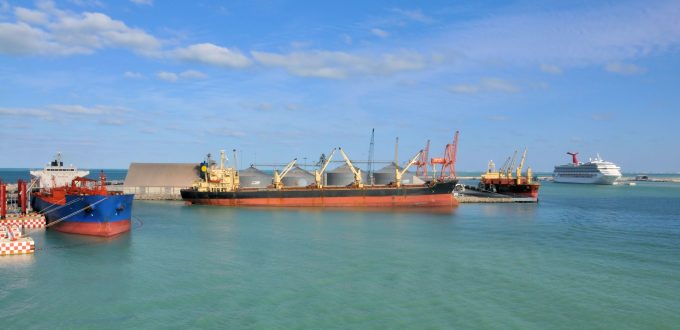Durban Pier 2 development 'delayed by misdirection'
Durban’s Pier 2, South Africa’s main container gateway, continues to be regularly beset by severe ...

The port of Progreso, on Mexico’s Yucatan peninsula, is mostly known for its cruise ship terminal, but the new Mexican president sees potential for it to play a bigger role in the nation’s Gulf coast cargo flows.
President Claudia Sheinbaum recently announced plans to expand the port’s infrastructure and inland connectivity.
“We are finally going to make it a reality for the port of Progreso to be a deepsea port,” she declared, adding that the expansion should take about three years.
The port ...
Transpacific sees first major MSC blanks as rates fall and volumes falter
'It’s healthy competition' Maersk tells forwarders bidding for same business
Shippers snap up airfreight capacity to US ahead of tariff deadline
White House confirms automotive tariffs – 'a disaster for the industry'
New price hikes may slow ocean spot rate slide – but for how long?
Volcanic disruption at Anchorage could hit transpacific airfreight operations
Tighter EU import requirements proving 'a challenge' for forwarders

Comment on this article
sk Y
November 19, 2024 at 2:57 amYou make wrong of the president’s name, she’s Claudia
Gavin van Marle
November 27, 2024 at 10:10 amThanks for the correction – the article has been amended